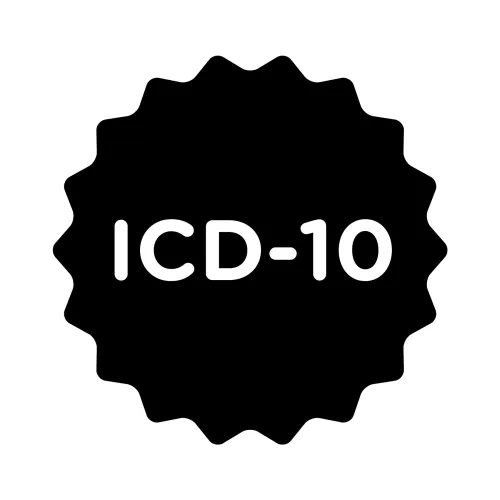Pilonidal Cyst and Sinus: Use More Specific Options for Reporting in ICD-10

Hint: Watch for presence of abscess as you did in ICD-9.
When your physician diagnoses a patient with pilonidal cyst, you will need to check for presence or absence of abscess as it will affect your coding options. In addition, for ICD-10, you will have to check whether you are dealing with a cyst or sinus, as you have more options to report this, a choice that you did not have in ICD-9.
ICD-9: When your clinician arrives at a diagnosis of pilonidal cyst, you will have to report it with the ICD-9 code, 685 (Pilonidal cyst). This ICD-9 code also covers pilonidal or coccygeal fistula. Also, you report the same code when your clinician’s diagnosis is pilonidal or coccygeal sinus.
Based on the presence or absence of an abscess, the ICD-9 code 685 expands into the following two options:
Coding tip: You only base your code choice on the presence or absence of an abscess. You have to use the same coding options regardless of whether or not there is a draining sinus or a fistula.
ICD-10: When you switch over to using ICD-10 codes, for dates of service on and after Oct.1, 2015, you will have to begin using L05 (Pilonidal cyst and sinus) in place of 685. As with ICD-9 codes, you have a further fourth digit expansion to L05 depending on the presence or absence of an abscess. So, the two options that you have to look for depending on the presence or absence of an abscess are:
But, unlike ICD-9 where you have a common code to report both a pilonidal cyst and pilonidal sinus or fistula, you have another 5th digit expansion to the above mentioned codes to segregate the two.
Specifically, L05.0 and L05.9 expand into the following codes:
You also report L05.01 if your clinician’s diagnosis reads parasacral dimple with abscess; pilonidal abscess; pilonidal dimple with abscess; or postanal dimple with abscess. The ICD-10 code L05.02 includes coccygeal fistula with abscess; coccygeal sinus with abscess; and pilonidal fistula with abscess.
You can use L05.91 if your clinician provides the diagnosis as parasacral dimple; pilonidal dimple; postanal dimple; or pilonidal cyst NOS. You report L05.92 if for your clinician’s diagnosis is also coccygeal fistula; coccygeal sinus without abscess; or pilonidal fistula.
Focus on These Basics Briefly
Documentation spotlight: Your physician will arrive at a diagnosis of pilonidal cyst or sinus based on findings of history and physical examination.
Some of the common findings that you are more likely to note in a patient with pilonidal cyst or sinus will include pain and swelling in the sacrococcygeal region, usually in the upper cleft of the buttocks. The patient might provide a past history of the same problem and, in some cases, might have a previous history of trauma, although this may not be true for each and every case.
Upon examination, your clinician will note that there is presence of redness, increase in temperature in the area of the abscess, and signs of tenderness. Your clinician might note that the patient is otherwise healthy and does not show any signs of fever or toxicity. Your clinician might note the presence of ingrown hair in the area. Your clinician may mention the presence of a draining sinus.
Tests: Usually your internist will arrive at a diagnosis of pilonidal cyst using the previous history and signs and symptoms. There are no specific tests that your clinician will order to confirm the diagnosis of pilonidal cyst.




